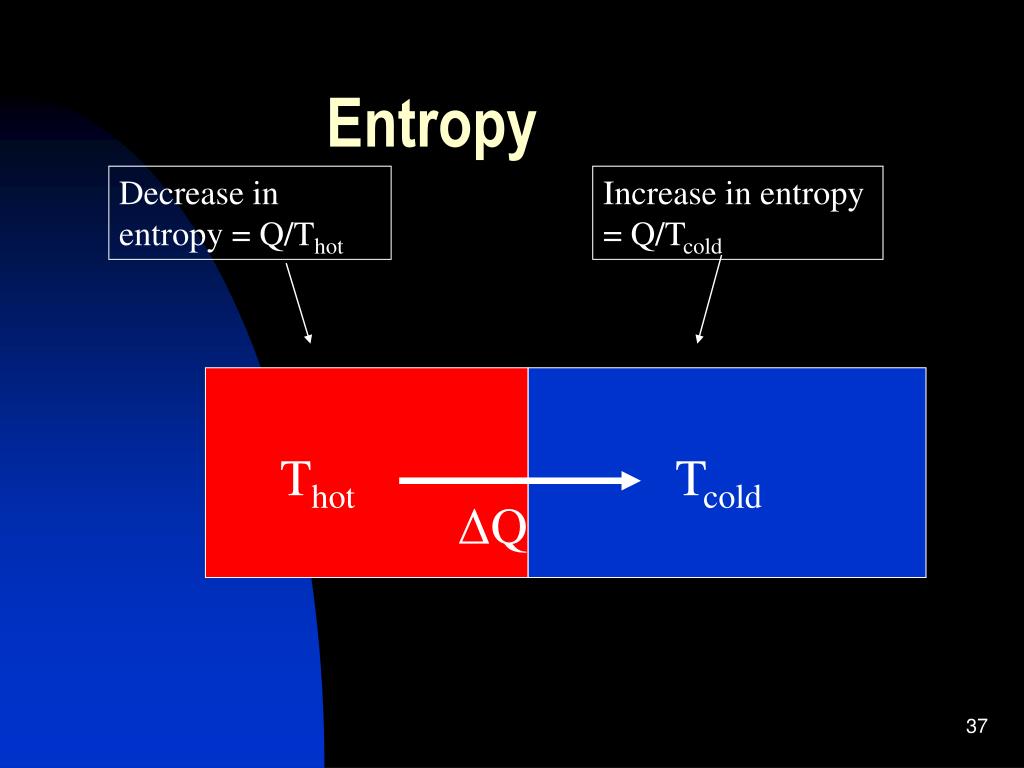

These facts have important consequences, as we will see in the next section.Īlthough Ellerman provided a solid and fruitful probabilistic interpretation of this definition of entropy, the formulae (1) and (2) are not new. Īgain we emphasize that, in contrast to the Shannon–Von Neumann entropy, the logical entropy S L represents both a probability (of obtaining different results in two consecutive draws, as mentioned above) and a norm in the Euclidean space. For a system known with certainty, both entropies yield, S VN = S L = 0, but for maximal uncertainty S VN = log n, whereas. In particular S VN is additive, while S L is not, at least not in the standard fashion, see. Of course, the logical entropy definition (1) implies very different properties from the standard Shannon–Von Neumann entropy For instance, one can define the scalar product: between two probability distributions, and their Euclidean distance d( p, q) as: This connection to Euclidean geometry allows one to use standard geometrical concepts when making use of the logical entropy. 1 The information I has the nice property of being the square of a norm in, actually the Euclidean norm. This quantity reflects the knowledge we have of the state of a physical system, being maximum when we know its state with certainty, and minimum when all states are equally probable. For equal probabilities (, ∀ i), one gets:, when n → ∞.įollowing, one can also define the information I as the complement of the entropy to unity: The lower bound is reached when one element has probability p i = 1, while for all others p j≠ i= 0. In this work, we will mainly consider this case, unless otherwise stated. The subsets B i can possibly contain one single element, in which case S L represents the probability that two consecutive draws yield different elements of U. Summing over all n subsets, we obtain the total number of distinctions, which is the definition of the logical entropy S L: This is precisely the concept of distinction, i.e., the ability establish that two independent draws are different from one another. If a certain set U is partitioned into a number n of subsets B i (such that ), each endowed with a probability p i of finding an element of U in that subset, then the probability that in two independent draws one will obtain elements in distinct subsets B i and B j≠ i is: p i(1 − p i). Succinctly, logical entropy is based on the concept of distinctions.
Can entropy be negative series#
“Logical entropy” is a concept introduced by David Ellerman in a series of works spanning the last decade see also Ellerman’s paper in this Special Issue. Here, we will introduce each topic separately, before bringing them together in the following sections. 1 IntroductionĪs its title suggests, this work sits at the crossroad of three different topics: (a) an alternative definition of entropy, (b) the extension of standard probabilities to negative values, and (c) the relevance of the first two items to our understanding of quantum mechanics.
Can entropy be negative license#
This is an Open Access article distributed under the terms of the Creative Commons Attribution License ( ), which permits unrestricted use, distribution, and reproduction in any medium, provided the original work is properly cited. This result suggest that the logical entropy plays a profound role in establishing the peculiar rules of quantum physics. For infinite-dimensional spaces (continuum), we show that, under the sole hypothesis that the logical entropy and the total probability are preserved in time, one obtains an evolution equation for the probability density that is basically identical to the quantum evolution of the Wigner function in phase space, at least when one considers only the momentum variable. Several intriguing quantum-like properties of the logical entropy are derived and discussed in finite dimensional spaces. Here, we analyze and reinterpret negative probabilities in the light of the concept of logical entropy. The quadratic form of the logical entropy lends itself to a generalization of the probabilities that include negative values, an idea that goes back to Feynman and Wigner. The same formula comes across as a useful definition of entropy in quantum mechanics, where it is linked to the notion of purity of a quantum state.

Although the mathematical formula itself is not new, Ellerman provided a sound probabilistic interpretation of S L as a measure of the distinctions of a partition on a given set. * Corresponding author: concept of Logical Entropy, S L = 1-Σ n i=1 p i 2, where the p i are normalized probabilities, was introduced by David Ellerman in a series of recent papers. Université de Strasbourg, CNRS, Institut de Physique et Chimie des Matériaux de Strasbourg, UMR 7504, 67000 Strasbourg, France


 0 kommentar(er)
0 kommentar(er)
